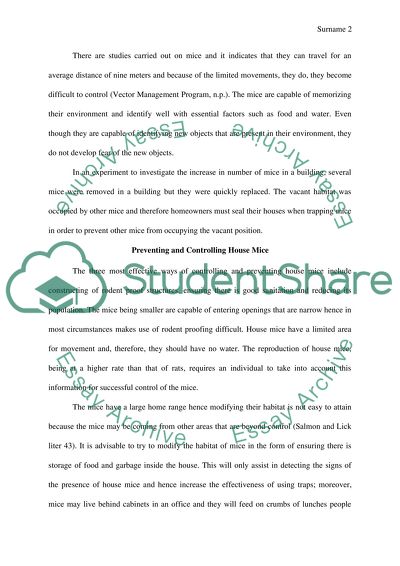Cite this document
(“Mice in Kelly Hall Essay Example | Topics and Well Written Essays - 1000 words”, n.d.)
Retrieved from https://studentshare.org/english/1466745-mice-in-kelly-hall
Retrieved from https://studentshare.org/english/1466745-mice-in-kelly-hall
(Mice in Kelly Hall Essay Example | Topics and Well Written Essays - 1000 Words)
https://studentshare.org/english/1466745-mice-in-kelly-hall.
https://studentshare.org/english/1466745-mice-in-kelly-hall.
“Mice in Kelly Hall Essay Example | Topics and Well Written Essays - 1000 Words”, n.d. https://studentshare.org/english/1466745-mice-in-kelly-hall.


